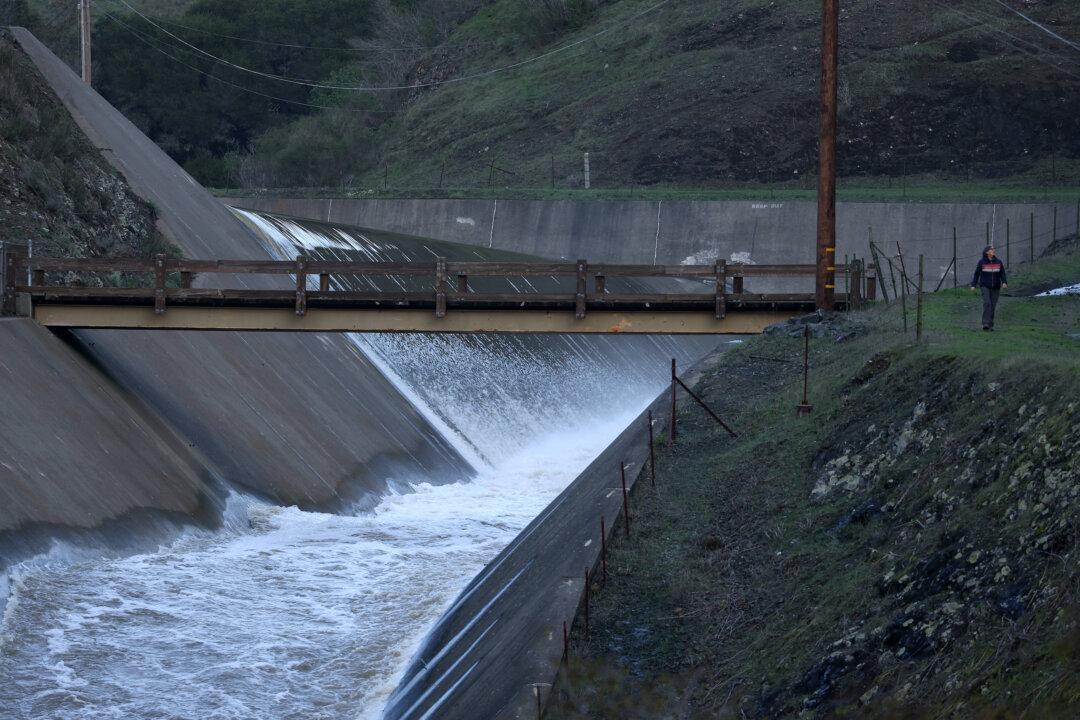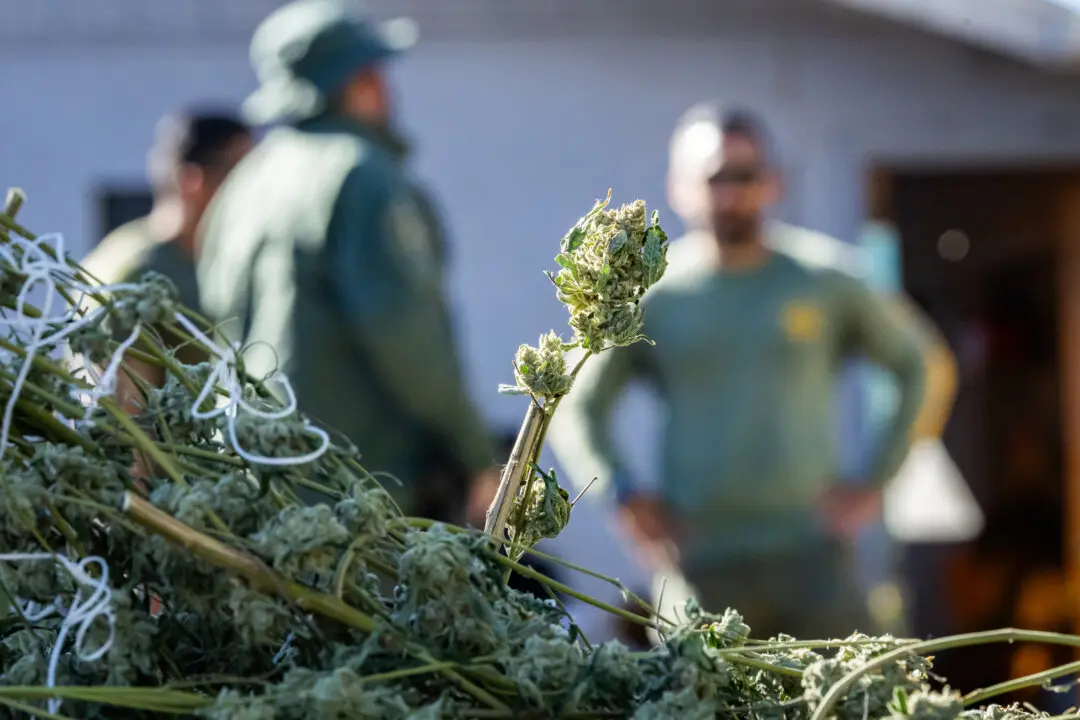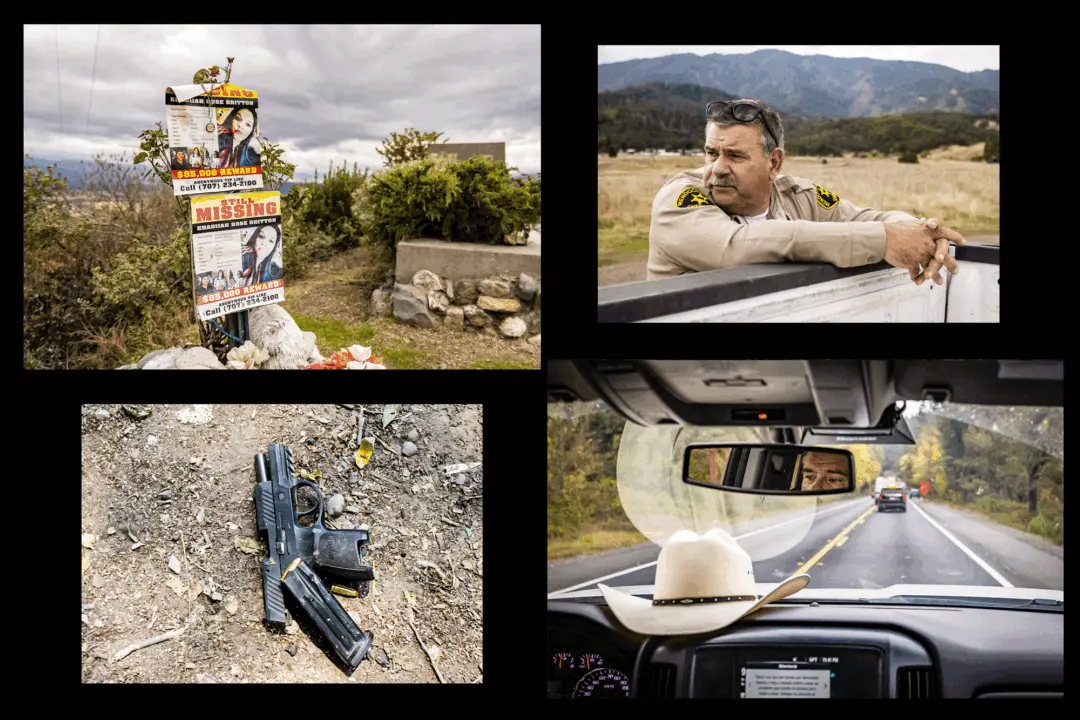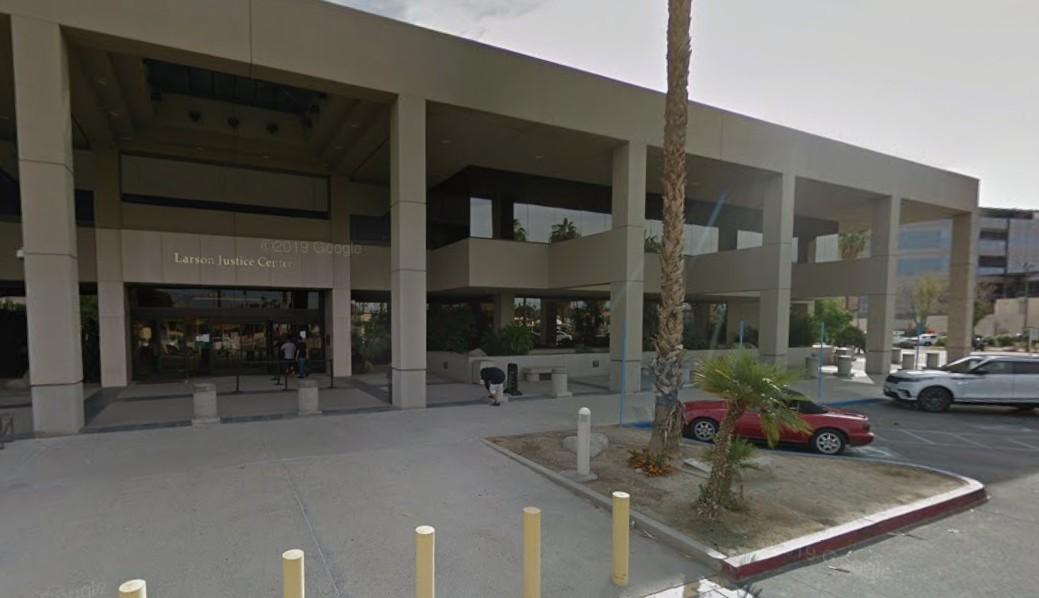California flushed trillions of gallons of rainwater from January storms out to the ocean instead of saving it in reservoirs and pumping it to farmers after three years of extreme drought.
Since late December, a series of heavy storms called atmospheric rivers brought an estimated 32 trillion gallons of rainwater to the state, according to the FOX Forecast Center. U.S. Geological Survey data suggest this would be enough to supply the state’s agricultural, industrial, and residential needs for at least a decade—if it were stored in reservoirs.





